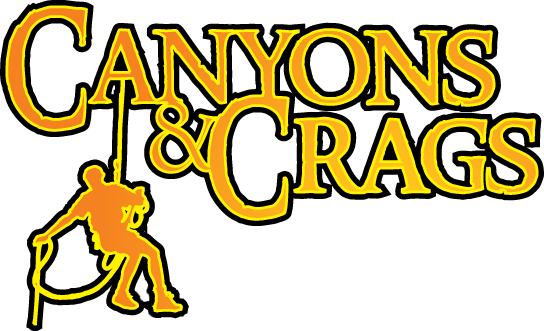Search by Keyword
Print
Video: Overhand Knot
In this episode, Rich discusses the differences between overhand knots and overhand bends in rope work. He explains when and how to properly use each type of knot, emphasizing the importance of loading the knot on its major axis.
Rich demonstrates examples of correct and incorrect usage of overhand knots and bends, highlighting the significant reduction in webbing strength when knots are loaded incorrectly. He also discusses the potential failure mechanisms and the importance of discernment in rope work. He concludes by providing a specific application where a flat overhand knot can be used in place of a bend.
Please share your comments below the video.
Key Takeaways
- Overhand knots and overhand bends are two different types of knots used in rope work.
- Loading the knot on its major axis is crucial for maintaining webbing strength.
- Incorrectly loading an overhand knot can reduce webbing strength by more than 70%.
- Discernment is important in rope work to choose the appropriate knot for each situation.
- A flat overhand knot can be used in specific applications where the full strength of the webbing is retained.
